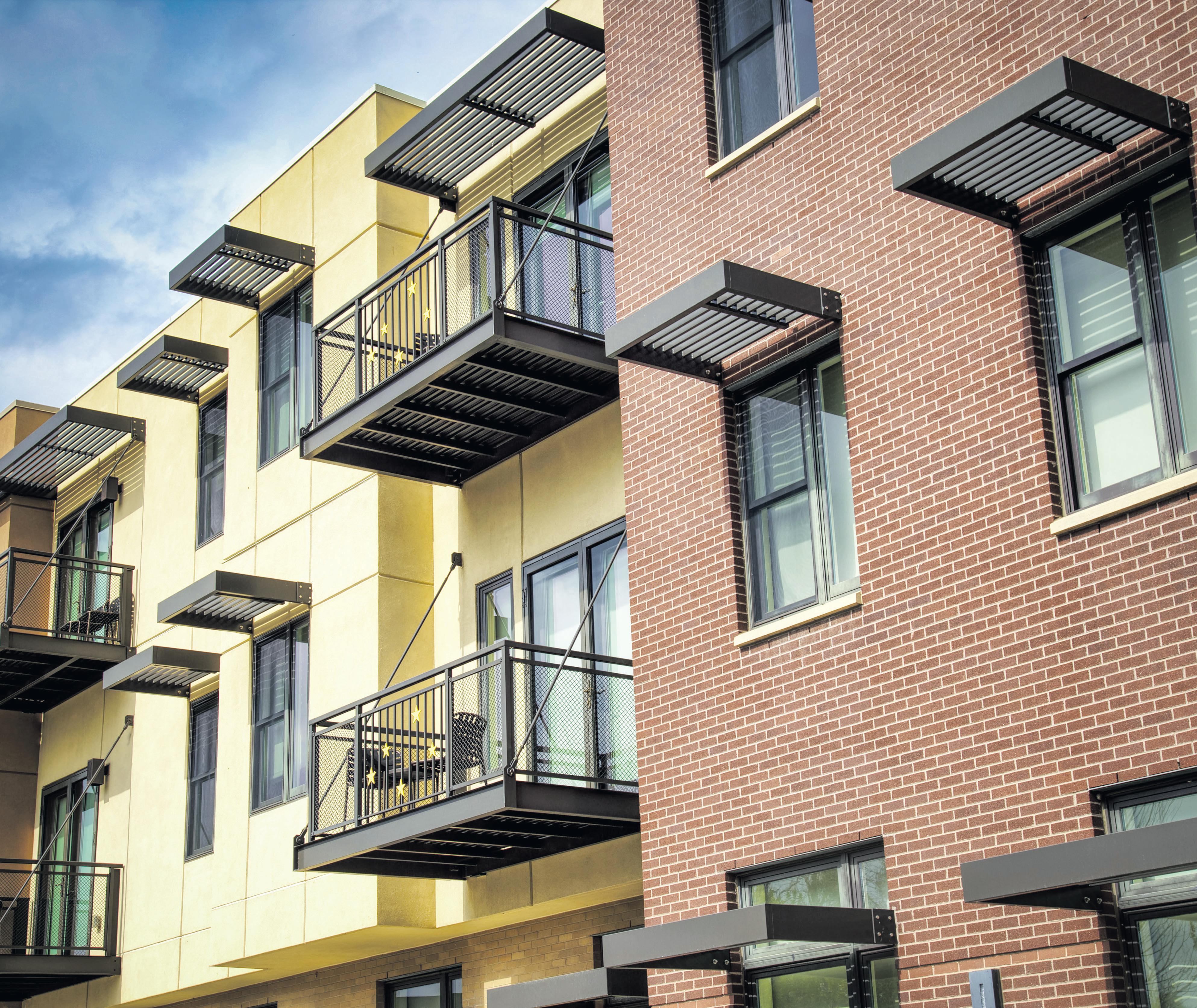
3 minute read
Real Estate
CoreLogic’s monthly Unit Market Update shows the annual performance gap between houses and units fell to 8.7% in March as both markets slipped further from their peak rate of growth recorded in January.
At the national level, units recorded a 0.3% rise in values over March, in line with the growth rates recorded in January and February, resulting in a first quarter appreciation of 0.9%. This is equivalent to a $5,464 increase in median unit values through the quarter. National house values rose 0.8% in March and 2.8% over the three months to March, thanks in part to strong growth in QLD and SA. The rise in house values through the quarter was equivalent to a rise of $21,690 in median values.
While national houses are still recording stronger value growth compared to units, houses have also recorded a faster deceleration in the pace of quarterly growth. Since reaching a cyclical peak in May 2021, the pace of quarterly house growth has recorded a 4.9 percentage point fall, compared to a 3.8 percentage point fall for unit quarterly growth.
Coming off the back of strong annual growth, affordability continues to be a key factor affecting market conditions. Amid higher inflation and the rising cost of living, prospective buyers are finding it harder to save for a deposit, while the amount required for a deposit has also increased. Assuming a 20% deposit level, the average house deposit has increased by approximately $36,000 over the past two years, while the typical unit deposit has increased by around $15,000.
As noted in previous CoreLogic research, increasing investment in higher density dwellings has a significant role to play in alleviating affordability concerns, because higher density housing is generally more affordable.
Additionally, increased housing density across key transport lines can help maximise the efficiency and use of infrastructure.
The softer market conditions have not impacted all markets and value segments equally. Over the month of March, growth in houses was 0.5% across the combined capital cities, outperforming units (which were steady over the month).
However, combined regional house and unit values both recorded a monthly appreciation of 1.7%. While capital city unit values remained flat over the month, the lower quartile of unit values recorded a modest rise of 0.9%, while the middle and upper segments recorded value changes of 0.2% and -0.5% respectively.
Historically, the upper quartile value trend has been more volatile with higher peaks and deeper troughs.
Over the three months the March, upper quartile unit values fell by -0.7%, while the middle and lower quartiles both recorded positive quarterly growth (0.5% and 2.4% respectively).
A similar trend can be seen across the individual capital cities. Unit values are beginning to record quarterly declines across the more expensive cities of Sydney (-0.6%) and Melbourne (-0.2%), while relatively cheap cities like Brisbane and Adelaide are still recording quarterly growth above 4%.
With a median value of $833,815, the typical Sydney unit is approximately $355,000 more than the typical Brisbane unit, and more than double the price of the average Adelaide unit. At the suburb level, 51.4% of Sydney’s unit markets analysed in CoreLogic’s Mapping the Market Report recorded a decline in values over the first quarter, with a number of the largest falls recorded in the city’s Northern Beaches region. Across Melbourne, 58.0% of the unit markets analysed recorded a decline in values, with the largest value declines recorded across the inner-city markets.
Brisbane continues to be the stand out performer amongst the capital city unit markets, recording a new cyclical high in monthly (1.6%), quarterly (4.6%) and annual growth rates (15.1%) in March. The typical Brisbane unit recorded a $63,000 rise in values over the past 12 months. Just one Brisbane suburb recorded a fall in unit values over the first quarter of the year.
While Adelaide units continue to record strong monthly growth rates, quarterly growth appears to be slowing, with the pace of quarterly growth decreasing from 4.4% in January to 4.2% over the three months to March.
Perth has recorded a surprise reversal in its quarterly growth trend, with the reopening of the WA border potentially pushing unit values 0.7% higher over the three months to March. While quarterly growth has remained positive across Hobart, Darwin and Canberra, the pace of growth continued to ease over March.










